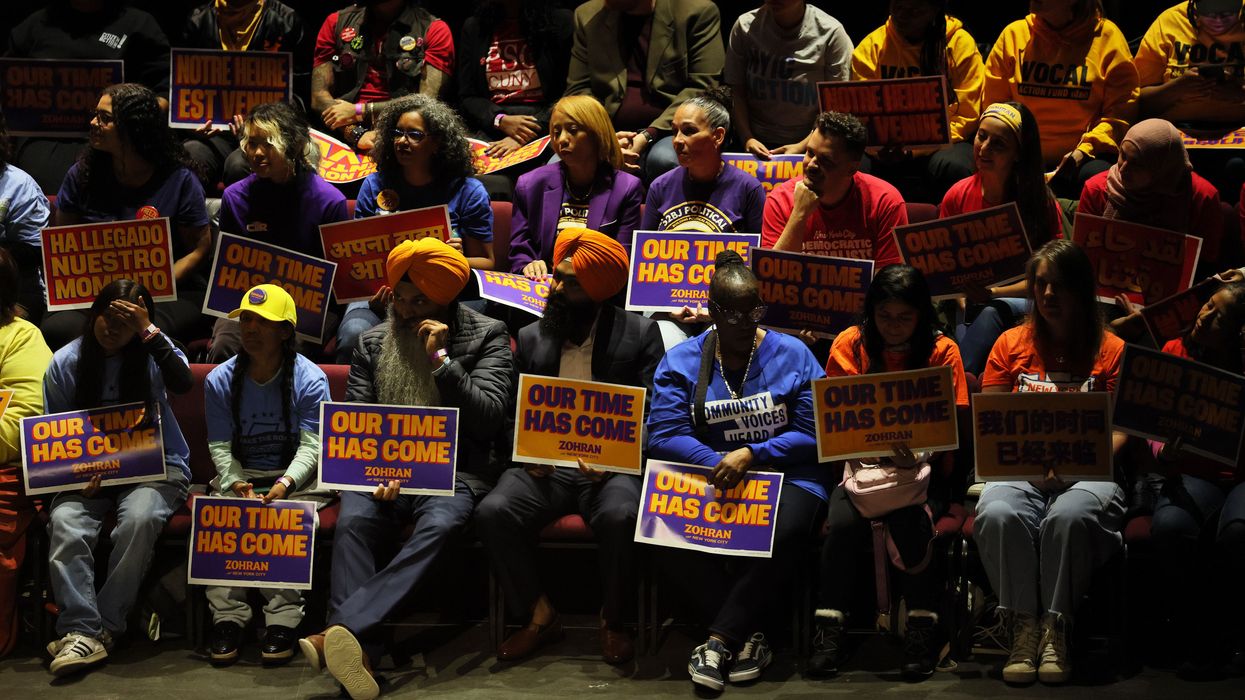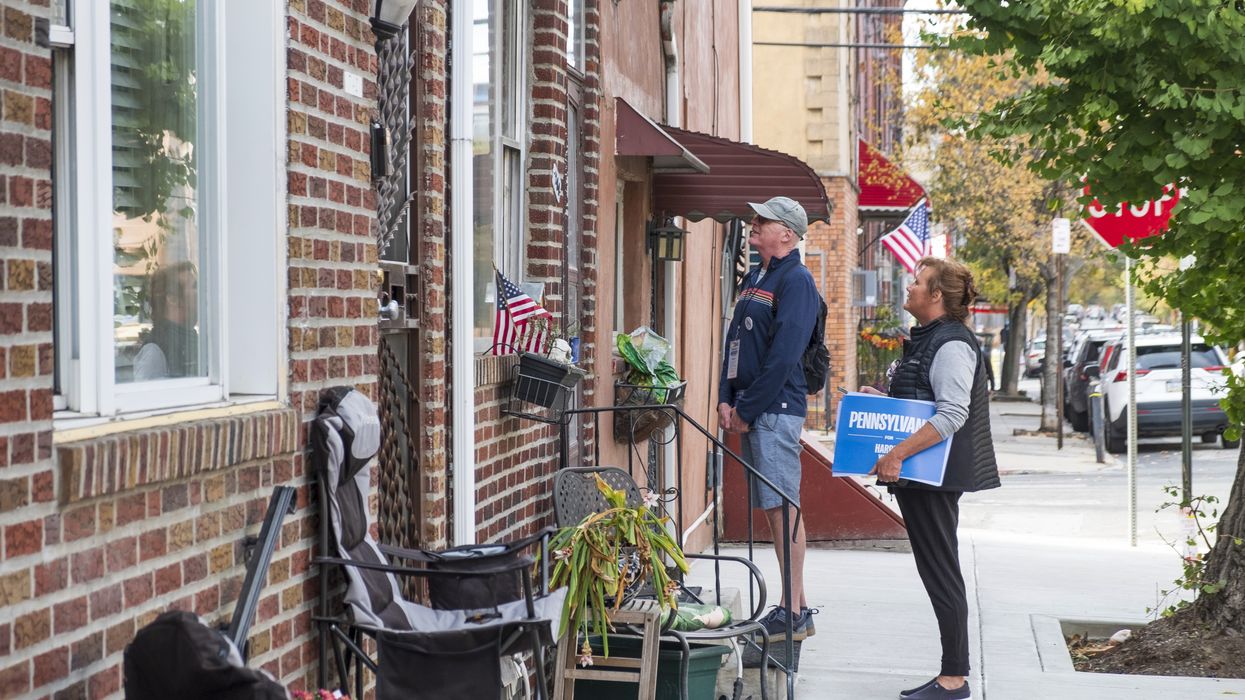Mamdani’s Win Shows That Democrats Can Expand the Their Electorate
His victory proves that Democrats can not only win over Trump voters but perhaps even more importantly reach voters who are not normally part of the political process.
While it may be hard for Democrats to admit it, the fact of the matter is that over the past 10 years Donald Trump has been able to expand his political base in ways that seem inconceivable. In the immediate aftermath of the 2024 elections, Trump’s achievements were clear to Democratic pollster John Zogby who wrote in The Guardian a week after the 2024 election:
But 2024 exit polling has clearly shown that MAGA has expanded beyond its original base. Trump outperformed his previous runs by substantial numbers among men and women, particularly young men; Black people, Latinos, Asian/Pacific Islanders; and suburban voters. He grew his support among voters in every state.
Many Democratic pundits have been in denial about Trump’s 2024 achievement let alone trying to chart effectively how Democrats can expand their electorate. There is some good news here as the 2025 elections as Zohran Mamdani in his successful run for mayor of New York City has demonstrated that Democrats can also expand their electorate.
It is certainly true that New York City is not necessarily a model for political communications and organizing in the United States. Nonetheless, an analysis of the 2025 results offer the Democrats some lessons. Kabir Khanna, CBS’ director for election analytics, has broken down the 2025 results and come up with some very intriguing conclusions.
All parts of the Democratic Party should study Mamdani’s winning campaign and figure out how Democrats can reach Trump voters and nonvoters.
Khanna’s analysis finds that fully 14% of Mamdani voters either voted for Trump (5%), for a third-party candidate (3%), or did not vote for president (6%).
Mamdani non-Harris voters tend to be younger than the electorate as a whole (two-thirds were under age 45), less likely than Harris voters to have a college degree, and tend to be less affluent (44% under $50,000 annual income). Mamdani was clearly able to expand the Democratic electorate by bringing in more blue collar and younger voters.
To his credit, Khanna acknowledges that New York City is not representative of the country as a whole. However, he does find some interesting parallels in the New Jersey and Virginia gubernatorial races:
Democrats Mikie Sherrill in New Jersey and Abigail Spanberger in Virginia won in landslides, thanks both to high turnout in Democratic areas and some Trump voters flipping. And it was voters of color, specifically Latino voters, and younger voters who were the likeliest to flip. In New Jersey, for example, 18% of Latino Trump voters flipped to Sherrill this year, while only 5% of white Trump voters did so. Add to this group voters who backed this year's Democratic nominees but didn't turn out in 2024 and you see many of the same characteristics as we saw in New York: The Democrat-not-Harris voters tend to be younger, less partisan, less affluent, and more focused on the economy.
There is nothing in the CBS data that shows us how effective Mamdani was as a communicator. I do think we can infer that from Mamdani’s ability to reach voters in unexpected ways and maintain a consistent stance on his issue. Contrary to what many thought, after he won the Democratic primary, Mamdani stuck with his progressive platform and did not try to move to the center.
Mamdani’s victory shows that Democrats can not only win over Trump voters but perhaps even more importantly reach voters who are not normally part of the political process. A number of self-styled Democratic centrists are wary of what Mamdani’s win means for the future of the Democratic Party. I would point out to these centrists that future elections will determine the direction of the Democratic Party. In the meantime, all parts of the Democratic Party should study Mamdani’s winning campaign and figure out how Democrats can reach Trump voters and nonvoters. The outcome of the 2026 midterm and 2028 presidential elections will be determined by how effectively the Democrats can learn lessons from the 2025 election results.


